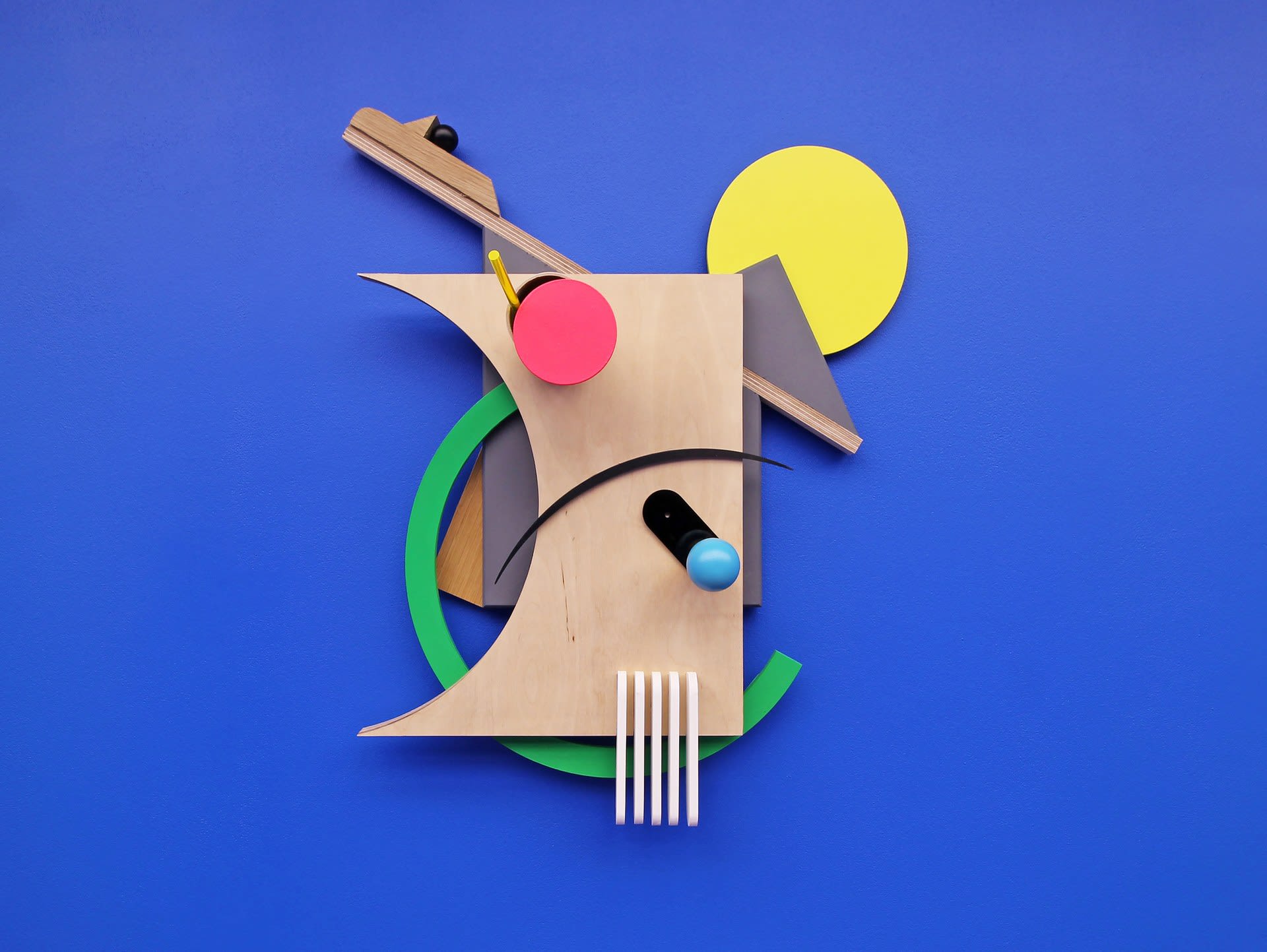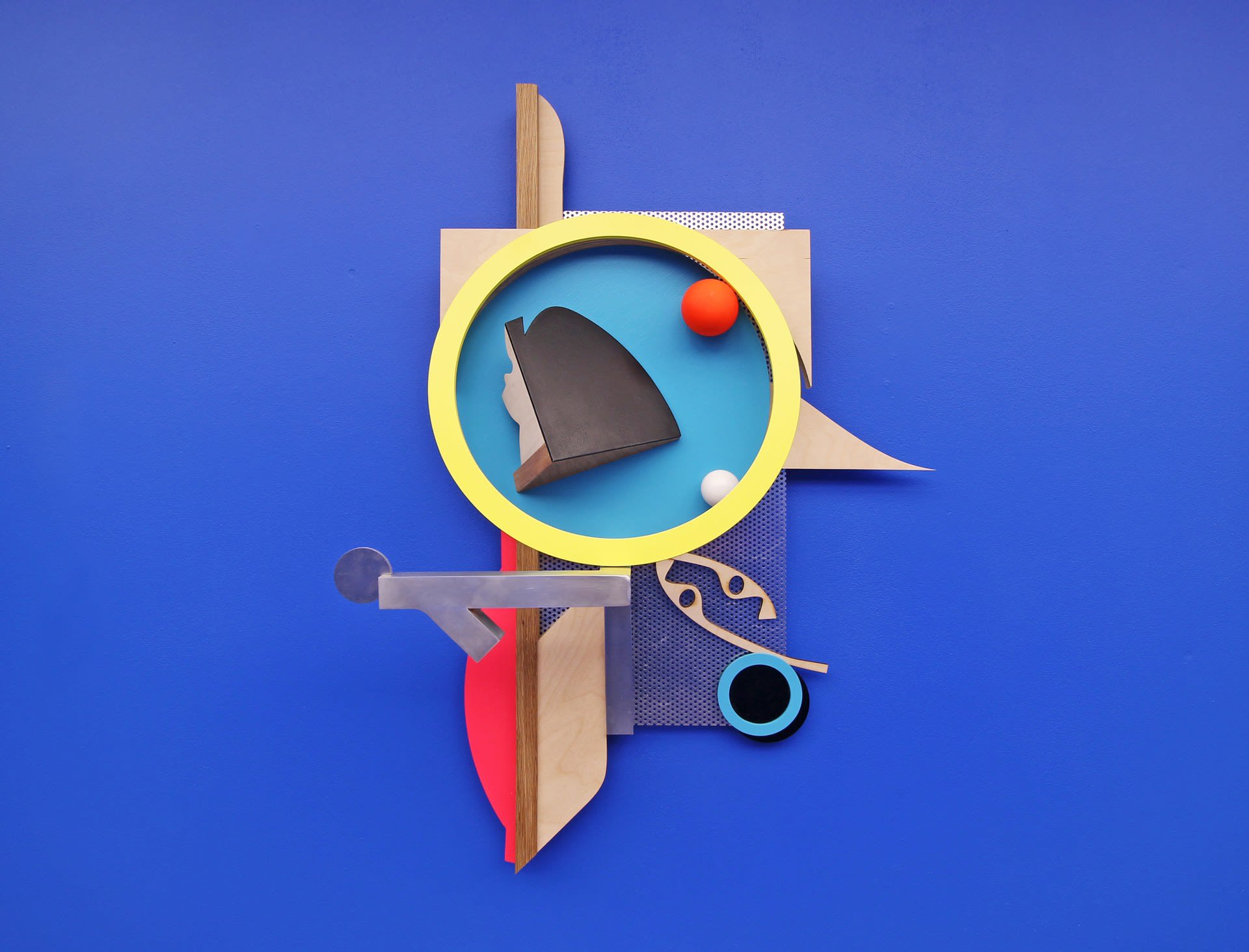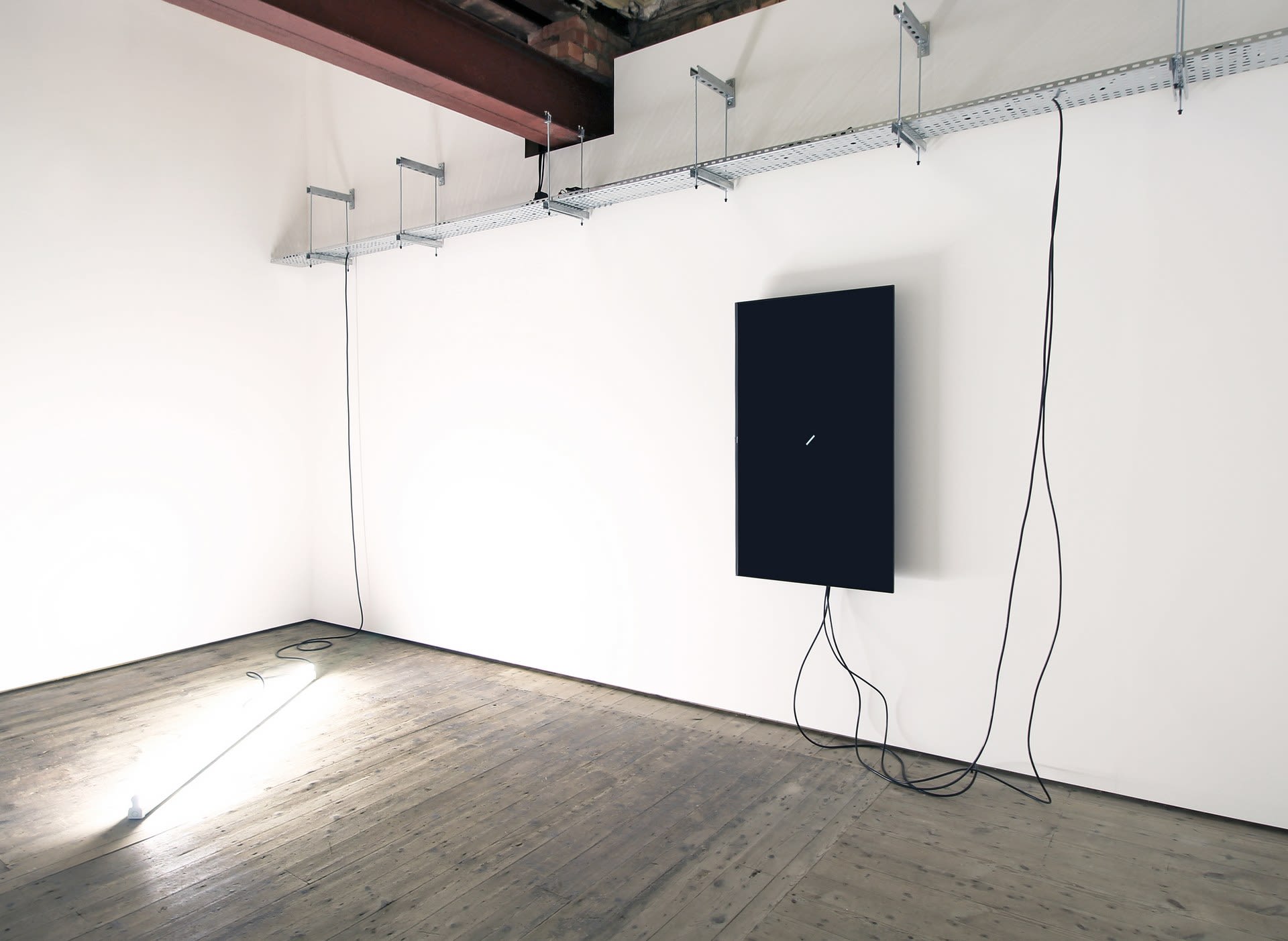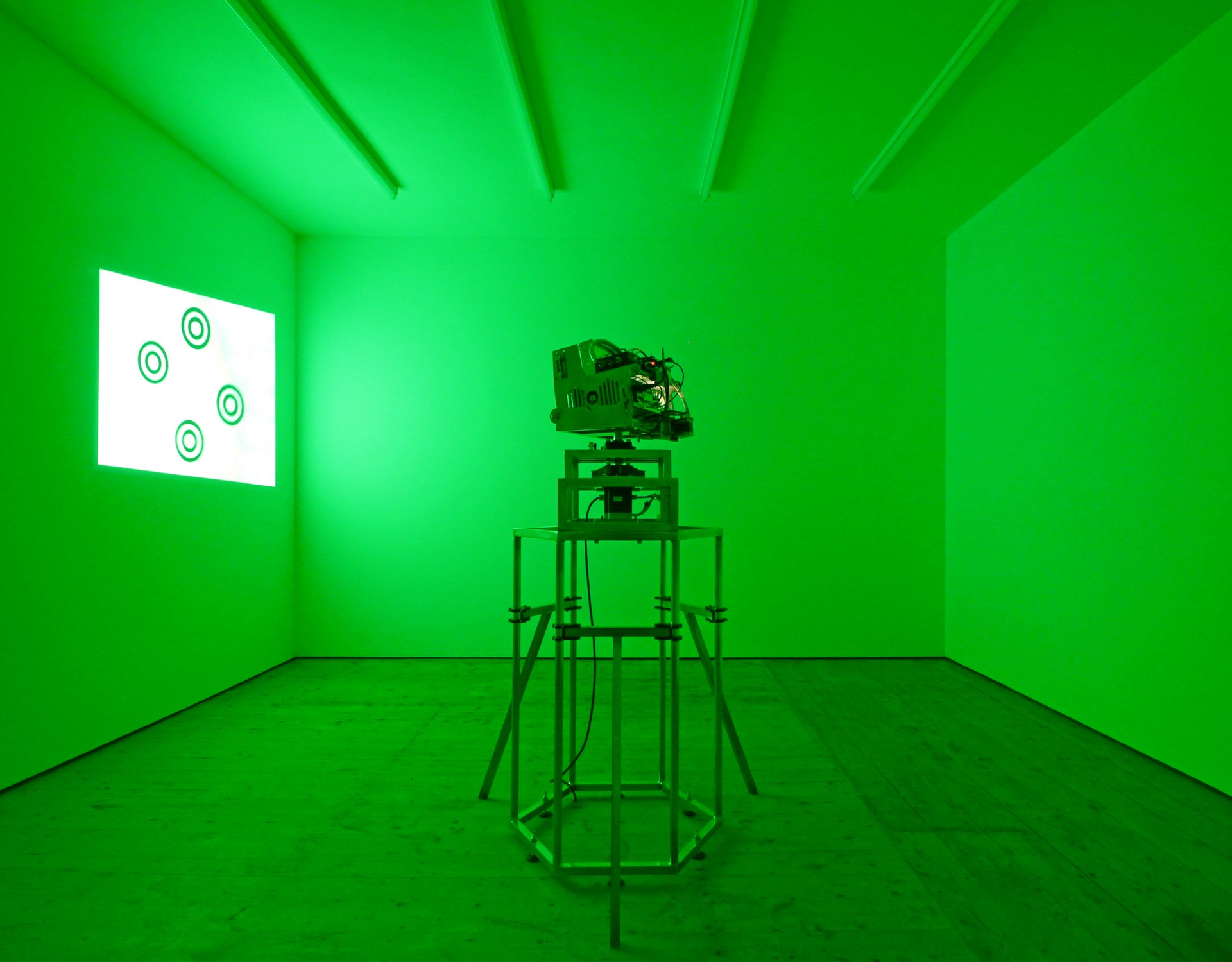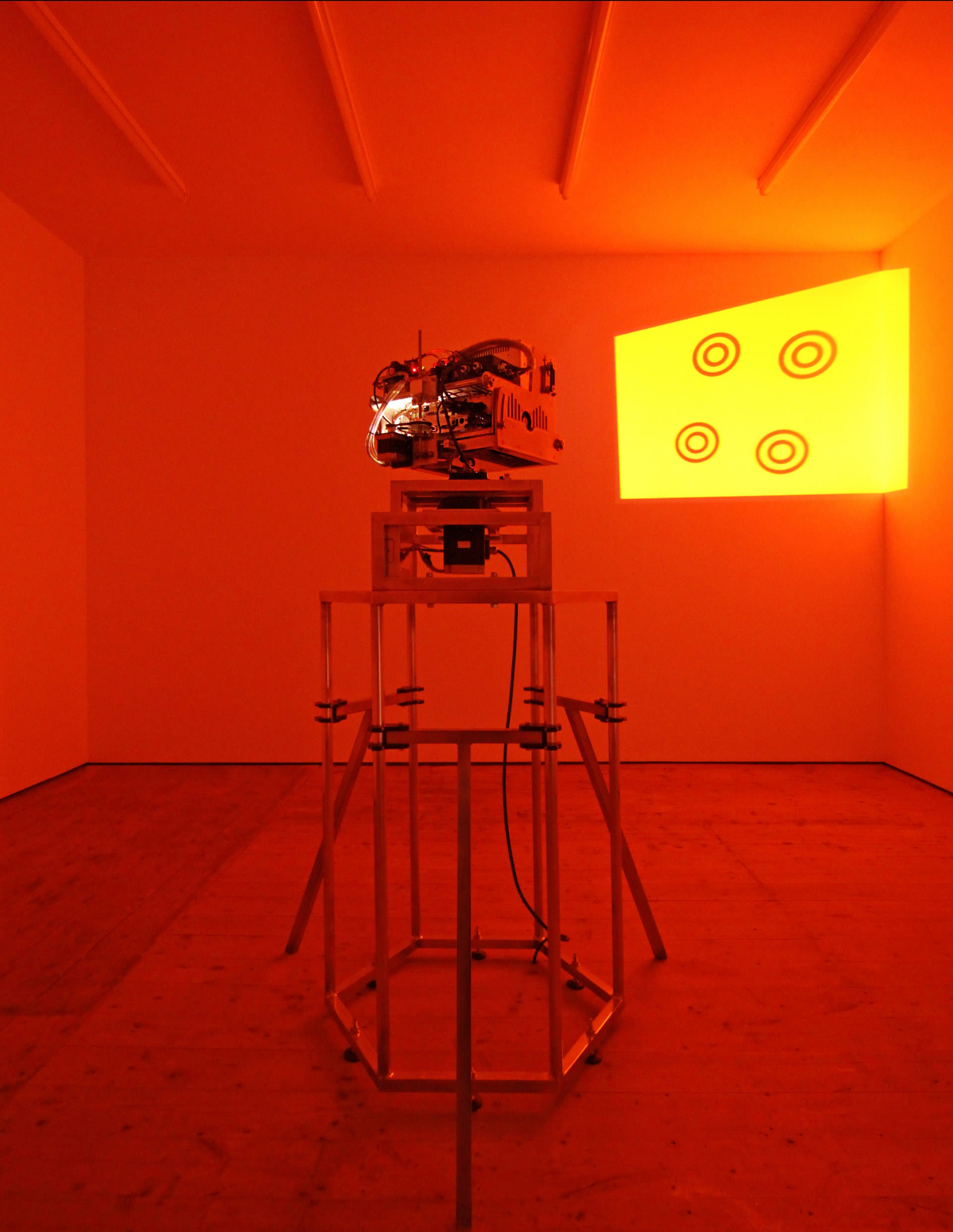My practice mainly evolves around sculpture, installation and film with an engineering (mechanical, computational and material) focus that uses these methods of production to explore the affect of technological rationality upon human agency.
Taking as its starting point the ubiquitous nature of automated technology, my PhD research project, Machines at Play: The Attraction of Automation, asked how play may be used in an antagonistic form against the regimentation of machines but, conversely, may also be employed to instrumentalise them. The work undertaken specifically focused on how play (a quality considered here as intrinsic to human culture and nature following Johan Huizinga’s Homo Ludens) can expose issues of control, agency and authority within a technological context. The result is a body of work and thesis that act as a re-reading of Huizinga’s play-element of culture through a contemporary, technological lens–one that aimed to bridge the gap between a humanities/philosophical approach and an engineering approach–while applying this to contemporary issues surrounding automated ‘art machines’ and cultural production.



